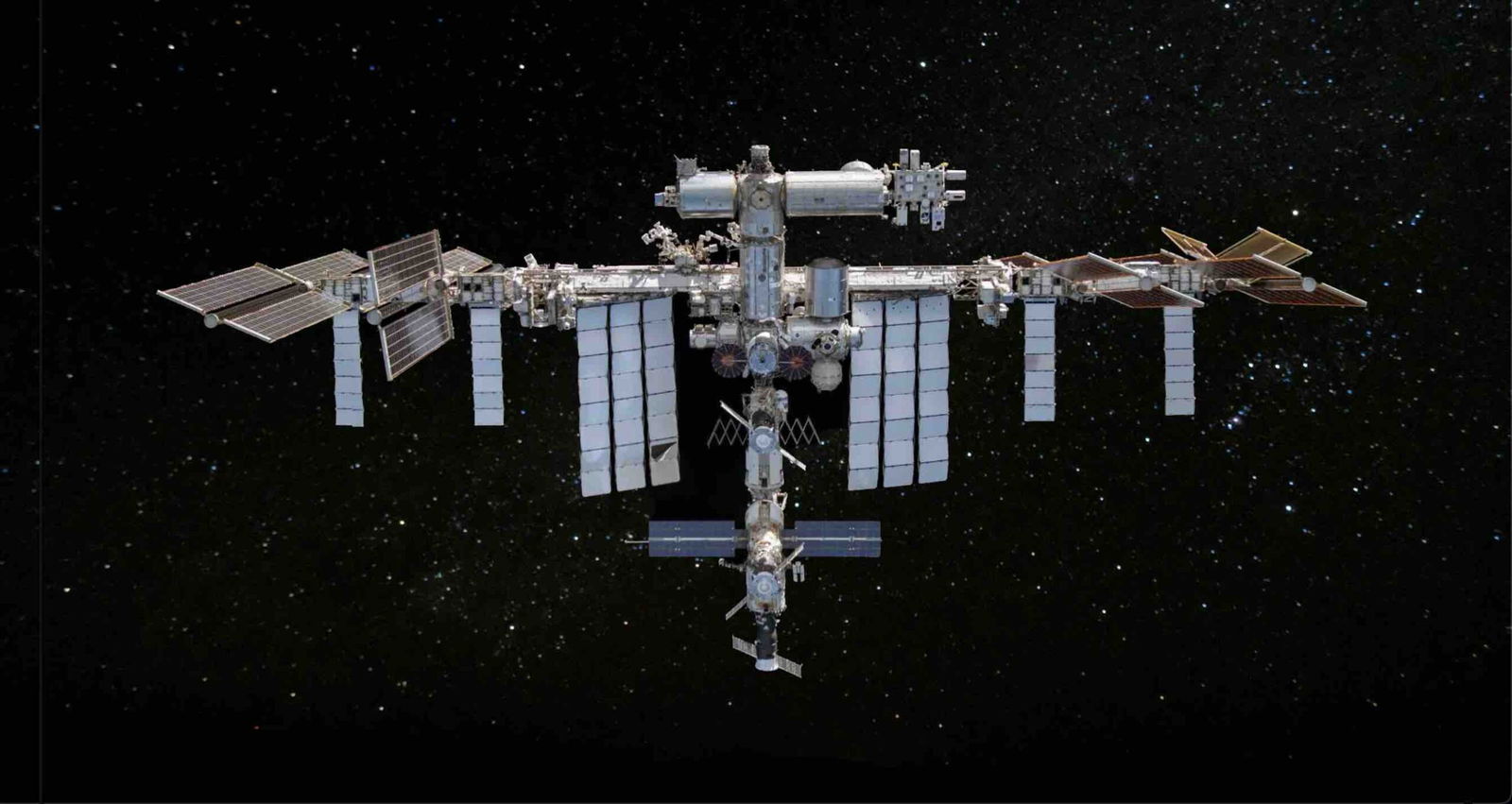The International Space Station (ISS) has reportedly been leaking air for the past five years from a portion of the station operated by Russia, amid ongoing disagreement between NASA and Roscosmos over the cause and severity of the issue.
Despite continuous monitoring and efforts to address the problem, NASA and Roscosmos, the Russian state corporation overseeing space flight, cosmonautics programs, and aerospace research, have not reached a consensus on the exact cause of the leak or what the consequences might be if a solution is not implemented soon.
NASA’s Office of Inspector General (OIG) highlighted the air leak in an official report published several weeks ago, revealing that “On-going cracks and air leaks in the Service Module Transfer Tunnel are a top safety risk,” and that “NASA and Roscosmos are collaborating to investigate and mitigate the cracks and leaks, determine the root cause, and monitor the Station for new leaks.”
Presently, the two space agencies remain in disagreement on whether the leaks should be considered a significant safety risk. According to the report, Roscosmos believes that they can continue to monitor the situation and close the Service Module hatch before the leak rate becomes critical.
“While the Russian team continues to search for and seal the leaks, it does not believe catastrophic disintegration of the PrK is realistic,” Bob Cabana, a former NASA astronaut and current chair of the ISS Advisory Committee, stated during a meeting on Wednesday, as reported by SpaceNews. “NASA has expressed concerns about the structural integrity of the PrK and the possibility of a catastrophic failure.”
The leak, first detected in 2019, has worsened over time. As of April 2024, air had been escaping at a rate of 1.7 kilograms per day, and although NASA and Roscosmos have been investigating the issue and managed to institute repairs that reduced the leak rate by close to a third, the problem remains a significant concern.
One measure that had been taken aboard the ISS was to simply keep the module’s hatch closed, although the leak continues to pose a risk for the astronauts on board the station. Another proposed solution involved permanently sealing the affected area, a move that would limit docking options for some spacecraft reaching the ISS.
“Although the teams continue to investigate the causal factors for the crack initiation and growth, the U.S. and Russian technical teams don’t have a common understanding of what the likely root cause is or the severity of the consequences of these leaks,” Cabana explained this week.
“The Russians believe that continued operations are safe, but they can’t prove to our satisfaction that they are, and the U.S. believes that it’s not safe, but we can’t prove to the Russians’ satisfaction that that’s the case,” Cabana added.
Roscosmos has suggested that the leak might be due to high fatigue caused by micro-vibrations. However, NASA’s teams believe the cause could be a combination of pressure, mechanical stress, and environmental exposure.
Presently, the U.S. and Russian space agencies continue to debate the source of the leak, as well as potential solutions to the ongoing problem.
According to current timelines, the International Space Station is slated to be decommissioned from service sometime prior to the end of 2030, after which it will be de-orbited and crashed into the Pacific Ocean.
Chrissy Newton is a PR professional and founder of VOCAB Communications. She currently appears on The Discovery Channel and Max and hosts the Rebelliously Curious podcast, which can be found on The Debrief’s YouTube Channel on all audio podcast streaming platforms. Follow her on X: @ChrissyNewton and at chrissynewton.com.

